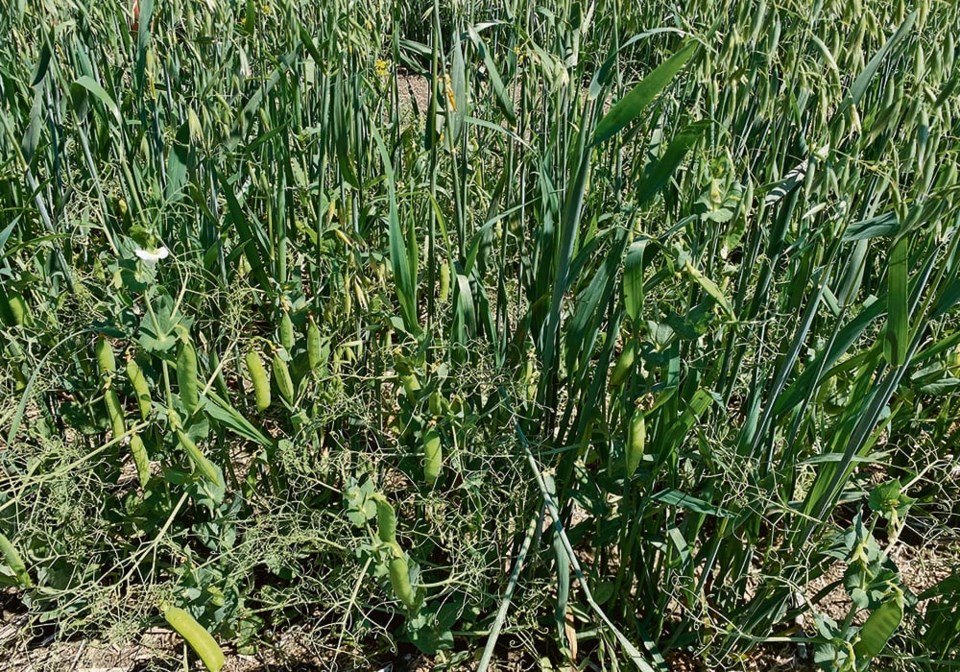REDVERS, Sask. — Sustainable snack company Hippeas and Saskatchewan-based specialty pulse and oat miller Avena Foods Ltd. have announced a collaboration that uses intercropping as the base of their research.
Partnering with Rosengren Farms at Midale, Sask., and the South East Research Farm at Redvers, Sask., which both have more than a decade of intercropping studies, the program will help promote the practice of inter-cropping in agriculture.
“We have been working with Avena as a supplier of our pulses and are so excited to be taking our partnership to new heights with our collaborative regenerative agriculture pilot program,” said Hippeas chief marketing officer Julia Hecht in a news release.
The program seeks to learn the impact of regenerative farming on soil health, biodiversity and nutrient density. The hope is to create a blueprint for farmers.
Hippeas primarily uses chickpea and yellow peas from environmentally friendly sources. Avena Foods fits with the mission.
“Our partnership with Hippeas harnesses the expertise of farmers and food scientists,” said Avena chief executive officer Gord Flaten. “We want to field-test ideas for improving the environmental footprint of food production. Our focus is on innovations that are good for people and also for the planet.”
The intercropping trials are expected to include a variety of canola, peas, chickpeas, oats and flax.
Intercropping is not a common practice in the agriculture world, but there are benefits for the soil and atmosphere that South East Research Farm research manager Lana Shaw said will make it more practical in the future.
“With intercropping, there is the reduction in reliance on nitrogen fertilizers, pesticides, and in a lot of cases, there’s increased total production compared to growing each of those crops on their own,” said Shaw.
“There’s an efficiency and resiliency that’s hard to achieve.”
Growing multiple different species of plants for harvest comes with challenges, such as separating the grain, but Shaw doesn’t think that’s a big source of farmer reluctance because modern equipment can make that work easier.
“It can be tricky as far as timing and maturity and moisture levels of those two crops, so there’s some risk at the back end,” she said.
“Another issue is the herbicides. There are some herbicides that you can use on two crops at a time… so that leaves you some herbicide options, but doesn’t leave you as many options as if you were growing those crops individually.”
Shaw says there are already thousands of acres across the Prairies that are intercropped for commercial grain, so the challenges aren’t insurmountable, but it needs some fine tuning.
Time issues and other details are what Hippeas and Avena hope to learn more about through the pilot program.
But even with the kinks worked out, Shaw said there is a hesitancy on whether this is the future of regenerative agriculture.
“A lot of the pull for this has been coming from food companies like Hippeas that are seeing this as a way to make their supply of grains more resilient and less at risk because of climate change.
“Not so much pull coming from the farm organizations or the commodity groups, where normally we get that kind of push,” she said.
Shaw sees a future with intercropping working alongside programs like Hippeas’s and Avena’s pilot project. She expected it will be further encouraged because of the fight against climate change, and proposed reductions in nitrogen fertilizer use.
“I think this could be very significant,” she said. “Adapting to climate change, reducing greenhouse gas emissions, I think this is going to be a very important key.”




